24 Jun IE University encourages companies to design intergenerational work environments and avoid segmenting teams by age
(Spanish version below)
- In 2019, the population aged between 16 and 34 fell to 6.1 million in Spain (26.5% of the Spanish workforce), while those aged 55 and over increased to 4 million (17%).
- In each group, there are two age brackets that account for most of the workforce: the 30-34 year-olds in the younger age group and the 55-59 year-olds in the older segment.
- The report analyzes the profound demographic transformation affecting companies from a perspective of intergenerational cooperation. It examines aspects such as relationships with employees and customers, and the design of products and services, as well as recommending good business practices.
Madrid, 23 June 2021. The proportion of senior workers in the Spanish workforce has grown in recent years from 11% in 2008 to 17% in 2019, while juniors (under 34 years of age) who accounted for 38% of the workforce in 2008 now only represent 26.5%, according to the 3rd IE University Observatory of Demography and Generational Diversity Report, presented today by Concepción Galdón, the coordinator of the study, in which expert researchers such as Rafael Puyol took part. The project also received support from IE University’s IE Foundation, the Spanish Post Office, the Santander Bank Foundation, and Mapfre.
The current demographic transformation is set to trigger a profound socio-cultural change that will have a direct impact on companies in terms of how they relate to their employees and customers, and how they design their products, services, and business models. The report’s findings include the need to boost intergenerational cooperation and center on promoting social innovation between the different generations in order to harness the full potential of employees, and of people in general.
Social innovation to foster intergenerational cooperation
The study confirms that managing intergenerational diversity within companies is a challenge that needs to be addressed urgently. Firms need to design environments that encourage employees to learn from each other and avoid segmenting their workforces by age. Should they fail to do so, they may find themselves in a situation in which employees only bond with colleagues who have a similar status or background. On this point, the report highlights that mentoring is the main approach implemented by firms to foster knowledge-sharing between different generations within organizations, though it should not be the only one.
Other social innovation initiatives that are being rolled out with this objective in mind, and which have been included in the report, based on the study of 11 projects in Spain, Colombia and Ireland, are the promotion of inclusive lifestyles, the creation of physical environments that enable intergenerational cooperation, and the promotion of holistic, network-based social innovation projects that tap the full knowledge potential of both seniors and juniors.
According to Concepción Galdón, coordinator of the study, “Drawing up intergenerational strategies creates opportunities to enhance the value of all professionals in a social context in which there are already six different generations living together. The vision of social innovators on intergenerational cooperation provides companies with a new, more enriching outlook.”
Read the full report here https://observatoryofdemography.blogs.ie.edu/publications/research/
Spanish version: IE UNIVERSITY ANIMA A LAS EMPRESAS A DISEÑAR ENTORNOS LABORALES INTERGENERACIONALES Y EVITAR LA SEGMENTACIÓN DE EQUIPOS POR EDAD


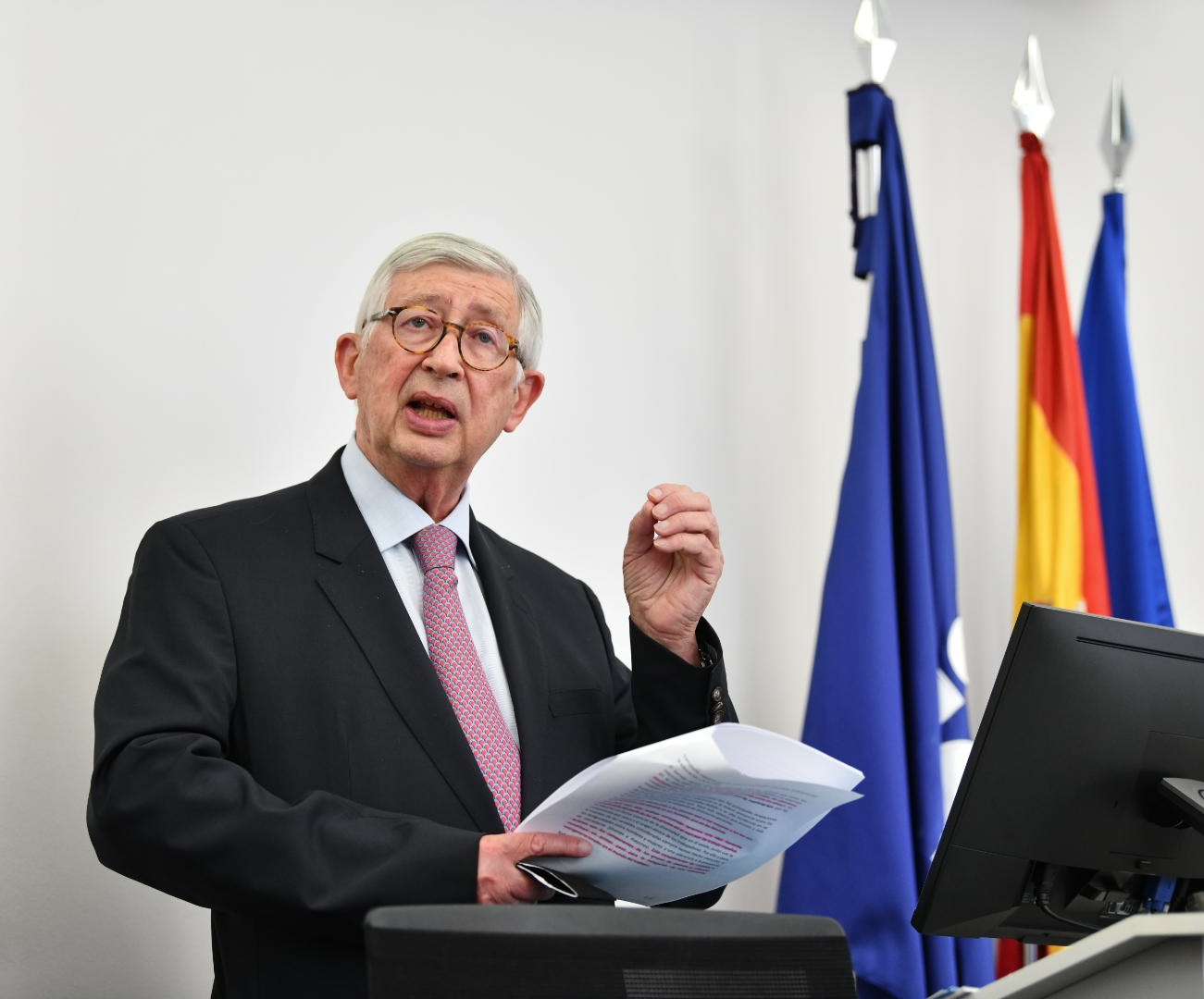
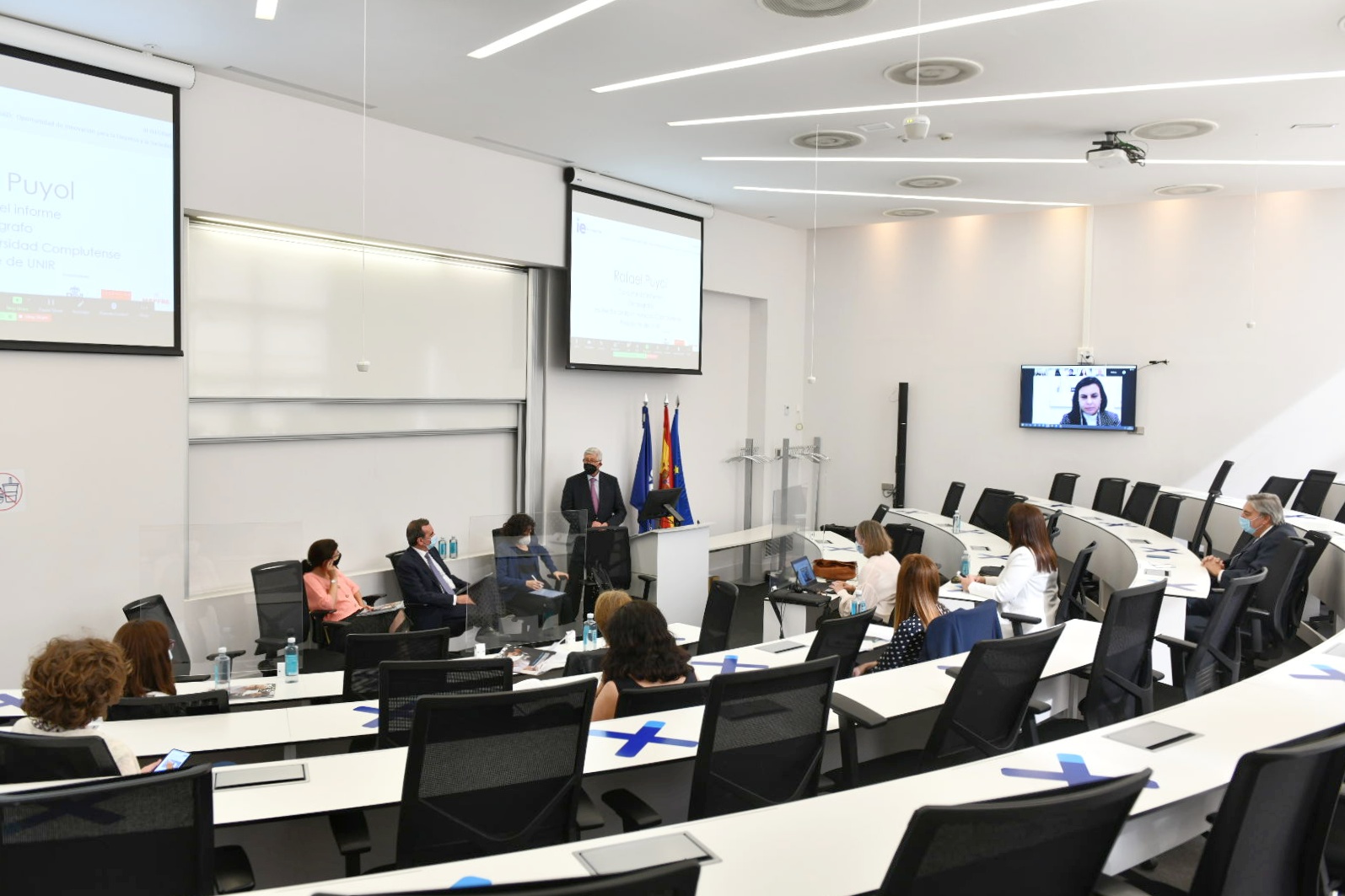
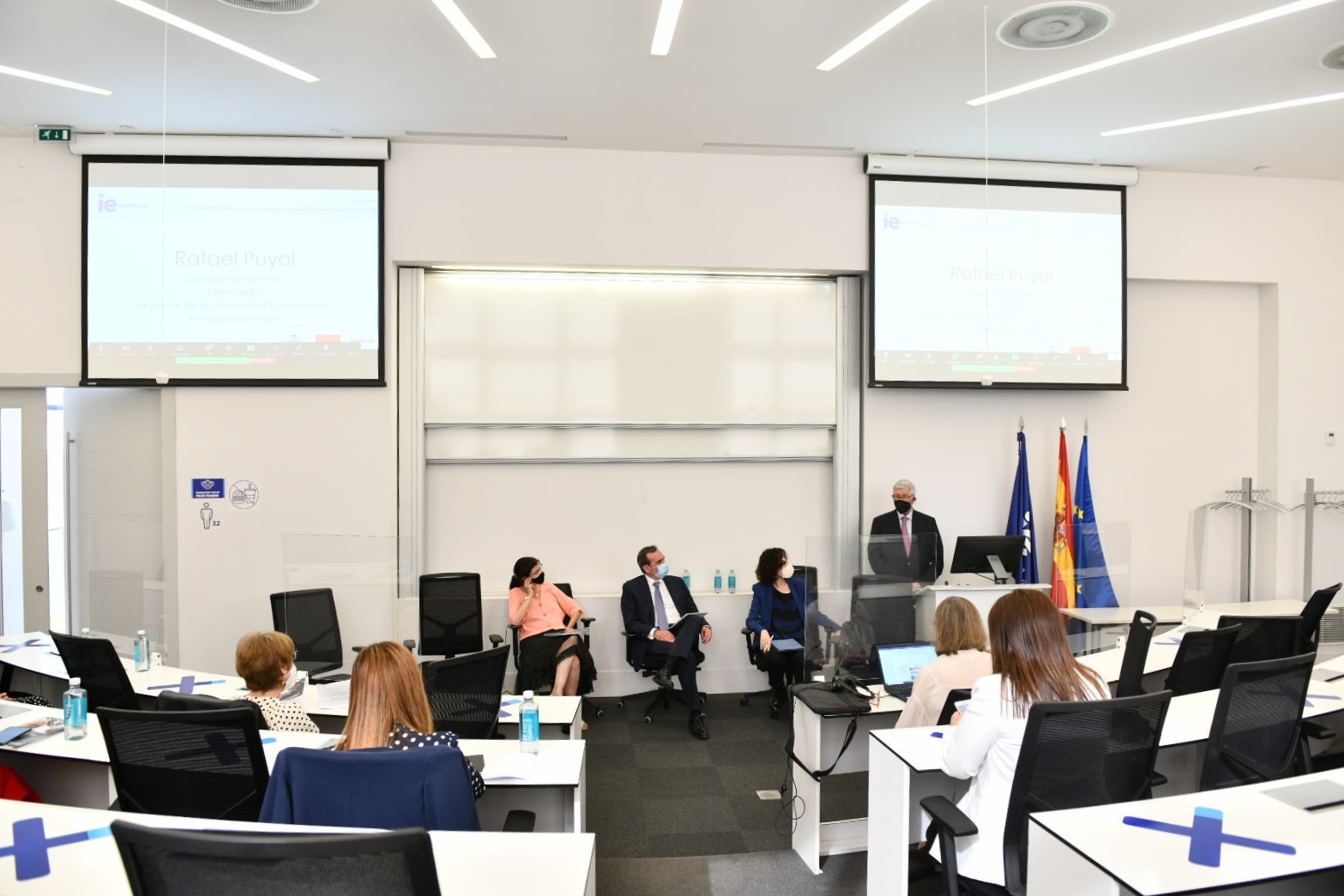
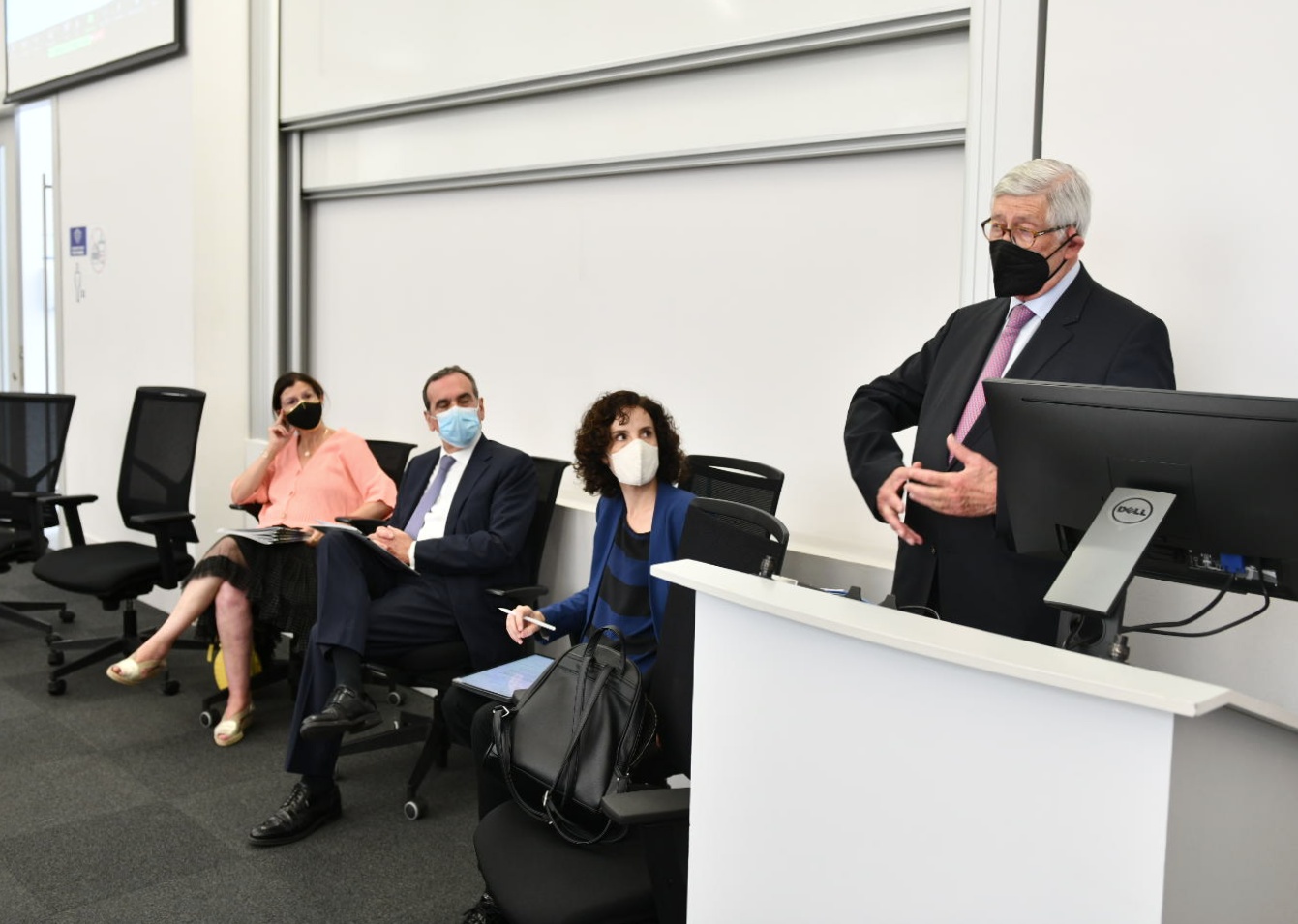
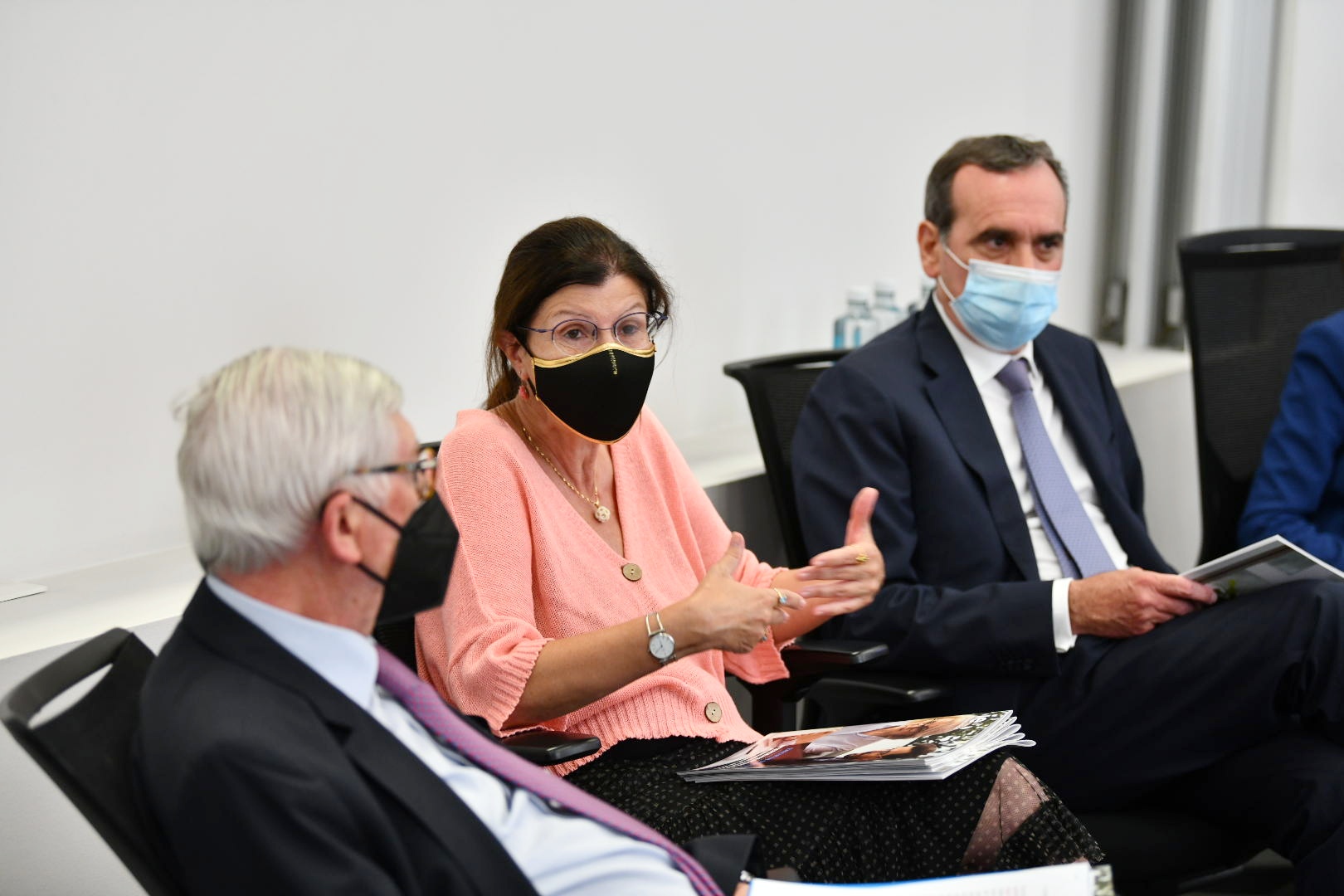
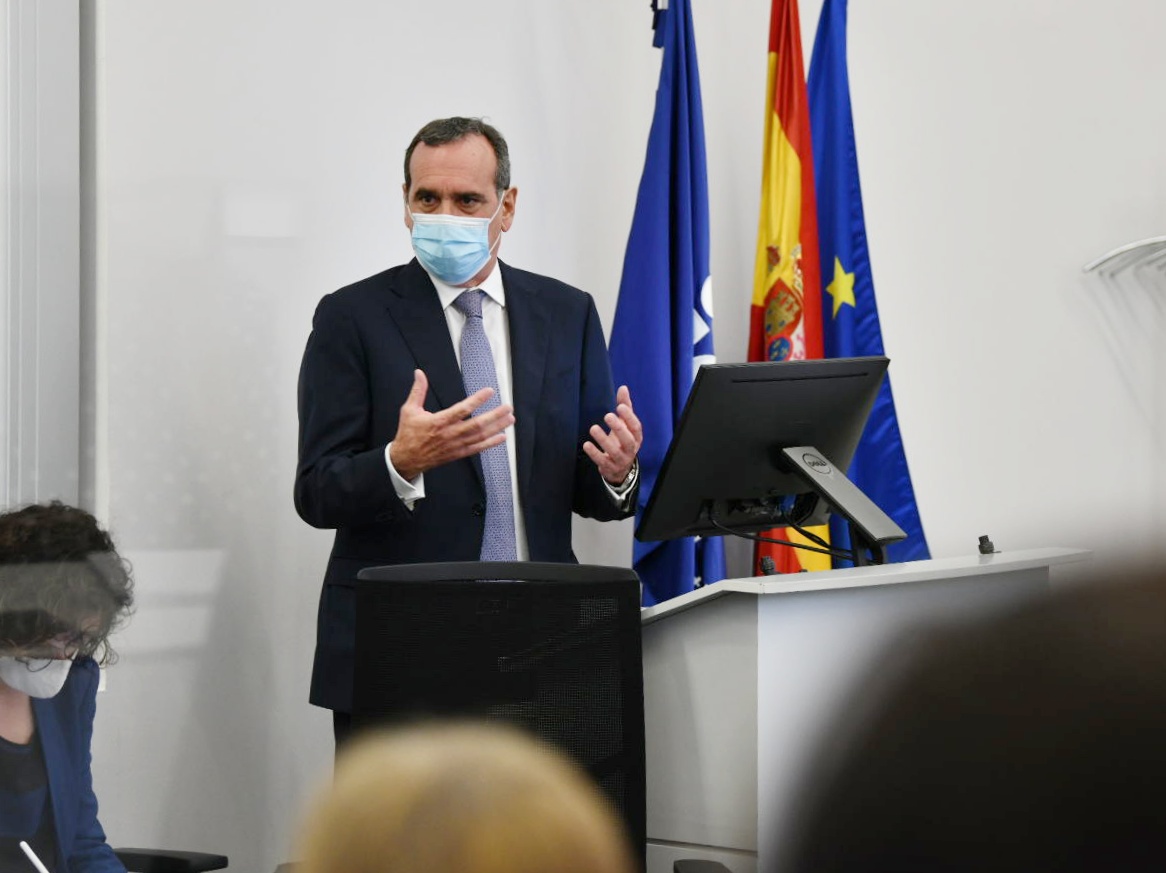
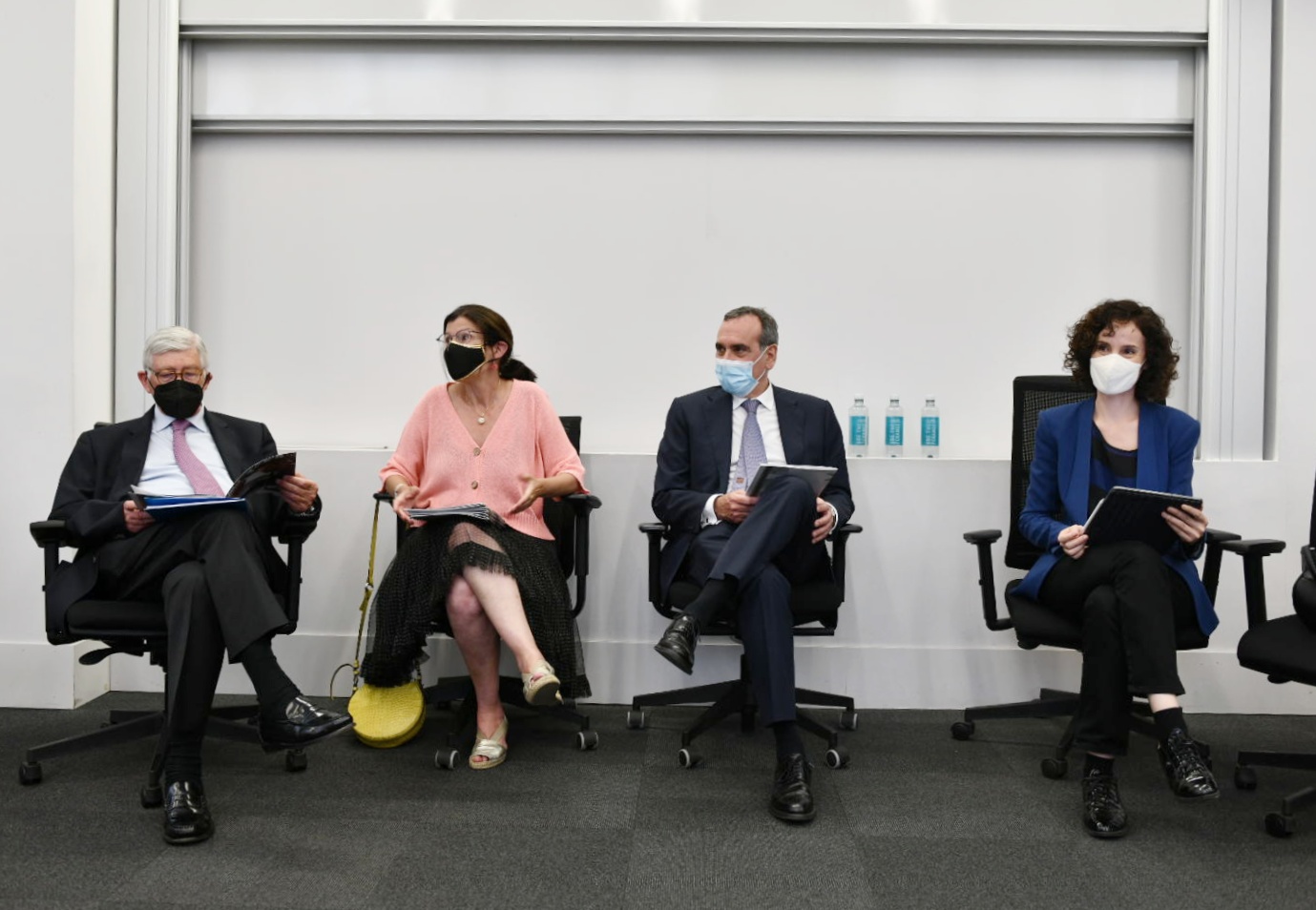
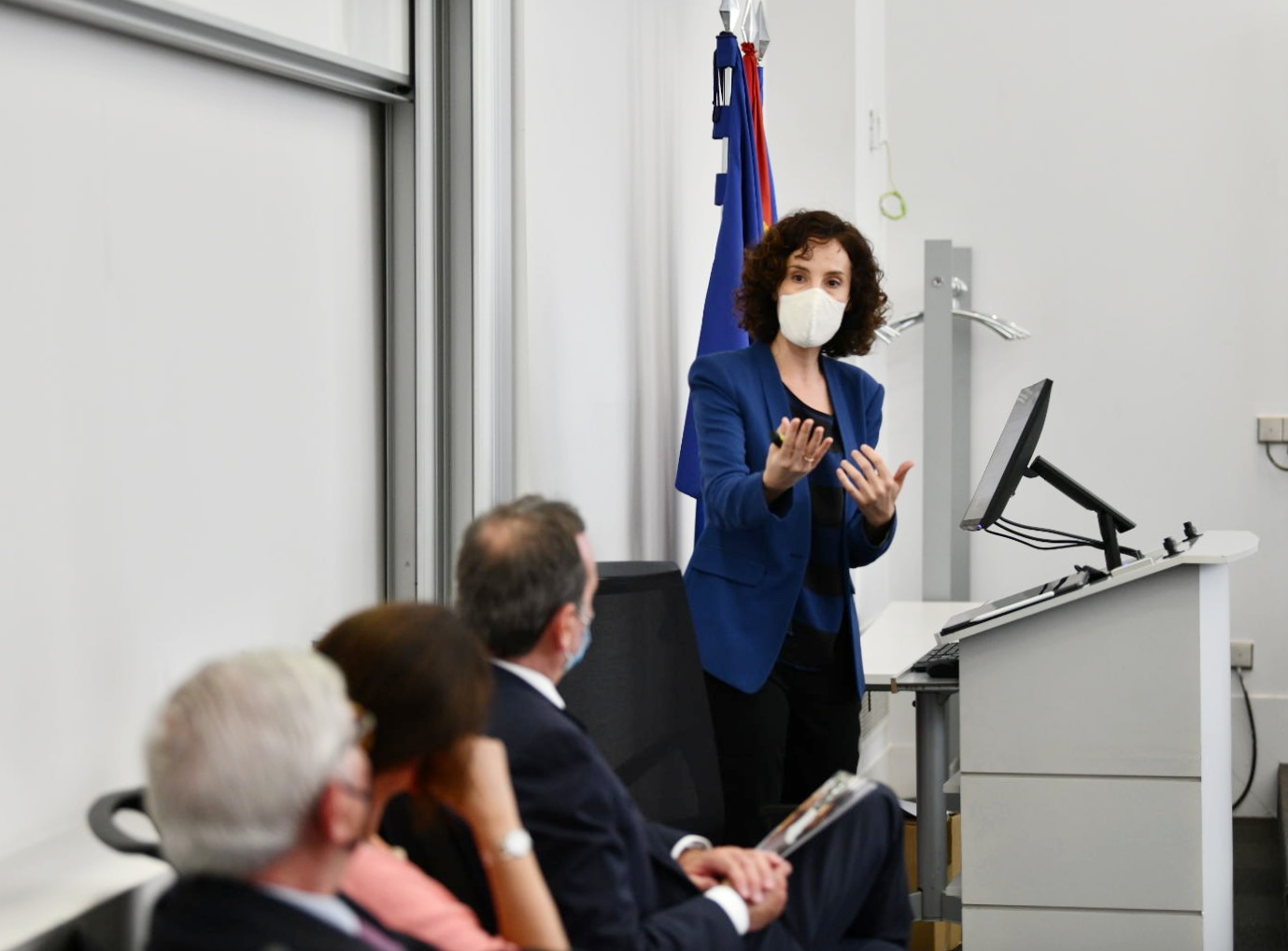
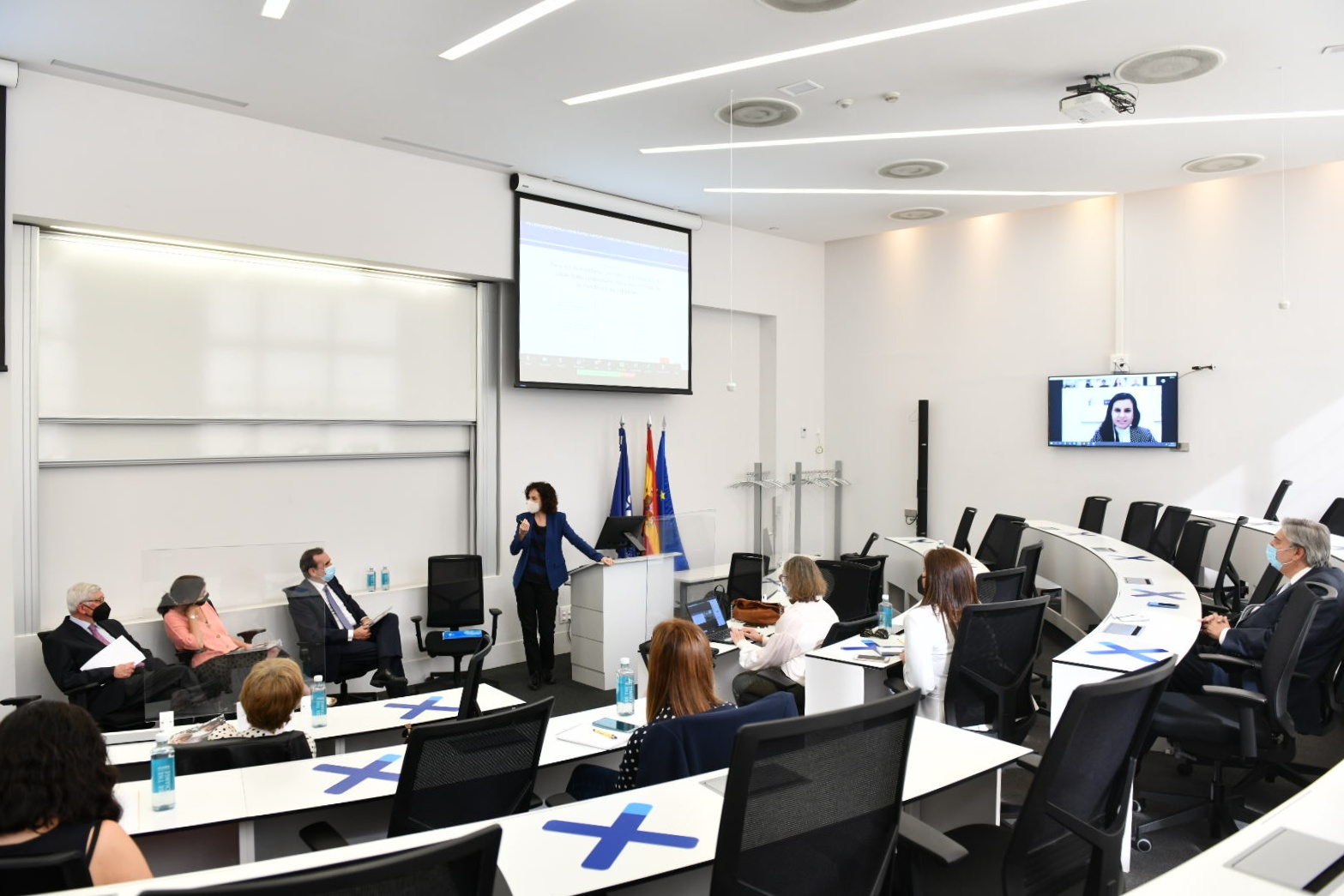
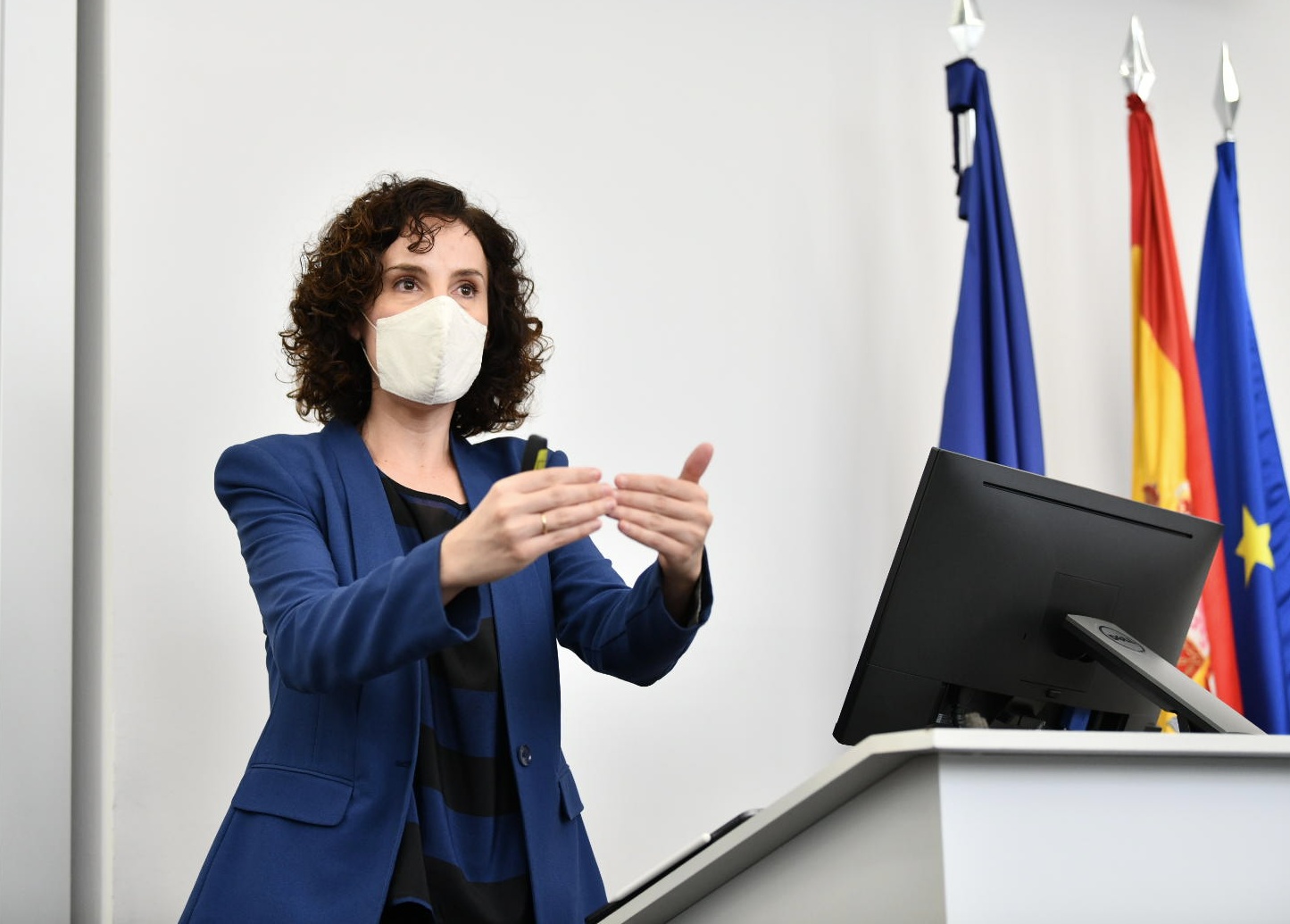
Sorry, the comment form is closed at this time.